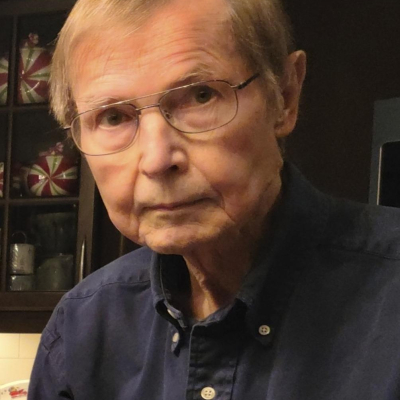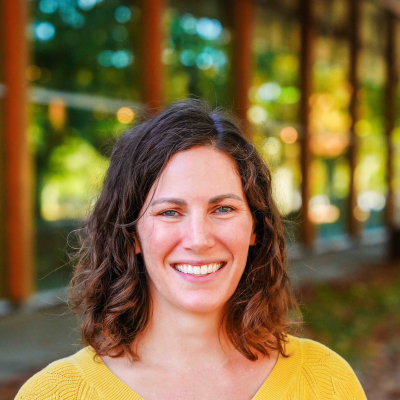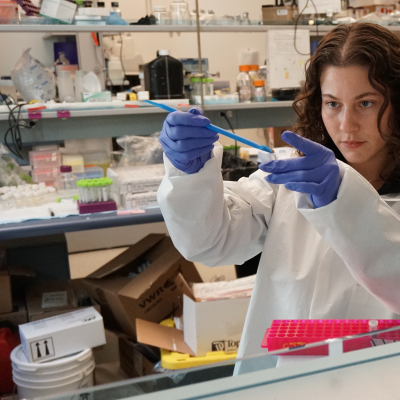News
Stay up-to-date with what's happening in EOAS
In remembrance – EOAS Honorary Professor Mati Raudsepp
With great sadness, we learned that Dr. Mati Raudsepp passed away on January 10, 2024.
Dr. Raudsepp obtained his B.Sc. from McMaster University in 1971 and his M.Sc. from the University of Manitoba in 1979. He received his Ph.D. from the University of Manitoba in 1984. Dr. Raudsepp first came to UBC in 1992, and served for more than three decades as the Director of the Electron Microbeam/X-Ray Diffraction Facility. He also held an appointment as a Research Associate and Honorary Professor. Working with many students, faculty and technical staff, Mati built world-class expertise in quantitative X-ray powder diffraction, supporting basic research and industry needs. He also trained generations of graduate students in data collection and analysis. Mati made broader contributions to his field, serving as Treasurer of the Mineralogical Association of Canada from 1996 to 2006. In 2006, he was awarded the MAC’s Leonard G. Berry Medal, in recognition of his many contributions.
https://www.eoas.ubc.ca/people/matiraudsepp
https://obituaries.thespec.com/obituary/mati-raudsepp-1089268885
New video series: First-year Courses in EOAS
Curious about Earth Sciences? Introducing our newest video series - First-year Courses in EOAS!
ATSC 113 · Weather for Sailing, Flying & Snow Sports
EOSC 110 · The Solid Earth: A Dynamic Planet
EOSC 112 · The Fluid Earth: Atmosphere and Ocean
EOSC 114 · The Catastrophic Earth: Natural Disasters
EOSC 116 · Mesozoic Earth: Time of the Dinosaurs
EOSC 118 · Earth's Treasures: Gold and Gems
On Earth with Dr. Catherine Johnson - Planetary Scientist
Dr. Catherine Johnson is a professor of geophysics at UBC, Vancouver and a Senior Scientist at the Planetary Science Institute, Tucson. Her research group works on problems in planetary science using data returned by recent and older NASA missions, including the Apollo missions to the Moon. Outside work she practices and teaches yoga (RYT 500) and spends time outside with her family and Bernese Mountain Dog.
Meet Dr. Kirsten Hodge - Volcanologist & Science Educator
Kirsten Hodge is a volcanologist and science educator. She is currently the Director of the Pacific Museum of Earth (PME), one of the University of British Columbia’s main outreach hubs. At the PME, she oversees how the museum engages, excites, and educates the UBC community as well as local youth and teachers. Her work at the PME provides a link between the fundamental science that shapes our planet (“how science works in general”) to topics that have environmental, economic, and societal importance (“why do we care?“).
Stable isotopes record changes in the water cycle over the past 2000 years
As Earth’s climate shifts, we experience changes in evaporation and precipitation. Worldwide, these alterations in the water cycle are incorporated into the structures of trees, coral beds, glaciers, sediment deposits, stalagmites and stalactites, providing a powerful global record of changes to the hydrosphere and climate.
Water is composed of two hydrogen atoms and one oxygen atom. Hydrogen can exist as 1H, with an atomic mass unit (amu) of 1, or in a more rare heavy form, 2H. Similarly, oxygen typically has an amu of 16, but can also be present as a heavier 18O isotope. Evaporation and condensation preferentially act upon the light and heavy isotopes of water, respectively. As a result, water isotope ratios in reservoirs like the ocean and groundwater fluctuate depending on temperature-dependent evaporation and precipitation rates. These isotope ratios are directly incorporated into biological and geological structures, enabling scientists to study climate trends, water circulation patterns, and linkages between Earth processes.
In an unprecedented effort to consolidate water isotope proxy records for climate, the Past Global Changes (PAGES) Iso2k working group collected 705 records from 471 sites with data records extending to 2000 years ago. Records included tree rings, coral, ice cores, sediment cores, stalagmites and stalactites sampled across the globe. Dr. Anais Orsi of the University of British Columbia’s Dept. of Earth Oceans and Atmospheric Science provided ice core records from Antarctica. All the paleoclimate datasets are compiled and publicly available from the recently published PAGES Iso2k database.
With the newly consolidated data set, the Iso2k working group evaluated the effect of temperature on isotope ratios in seawater, precipitation, and snowfall over the past 2000 years. Their initial findings were published this month by Nature Geoscience in the article ‘Globally Coherent water cycle response to temperature change during the past two millennia’. Yet this is only the beginning. Over the next two years, the group plans to conduct another ~10 studies based on the Big Data they have collected, not to mention the countless other studies this publicly available data will inspire.
Microbes help identify diamond bearing rock
Within the subarctic tundra of Canada’s Northwest Territories are buried deposits of kimberlite ore, the host rock for diamonds. Yet reaching these deposits that are buried under glacial till tens of meters below the surface is no easy feat. However, the subsurface kimberlite minerals impact the soil environment above them, causing subtle differences in the microbial community at the surface. In their Nature Communications article published last week, Earth Oceans and Atmospheric Science researchers demonstrated how modern advances in sequencing technology can be used to leverage such subtle differences in the microbial communities to detect kimberlite without requiring any initial excavation.
In their research, Rachel Simister, Bianca Phillips, and Sean Crowe tested the effects of kimberlite additions to soil media in the lab. Their experiments revealed an increase in rare indicator species and overall shifts in microbial community composition associated with the kimberlite-amended soil. The ‘biological fingerprint’ they discovered in the lab was confirmed in the field at known kimberlite formations. Armed with this powerful tool for kimberlite detection, the team took their new technique for a test drive during a blind exploration survey and found their DNA-based surveying technique outperformed traditional geochemical techniques. These findings have the potential to revolutionize the mineral exploration industry, making it more efficient and potentially less destructive.
Looking forward, this new technique could be applied beyond kimberlite mining. During a UBC media interview, Dr. Crowe, EOAS and M&I professor and Canada Research Chair in Geomicrobiology, said “You could use this technique to find minerals to fuel a green economy. Copper is the most important critical element that we’ll need more of going forward.”
With such a significant potential impact, this study has made headlines as featured on CBC News, Vancouver CTVNews, Canada News Media, the Vancouver Sun, and Science Daily. You can also read the original article by clicking here.





